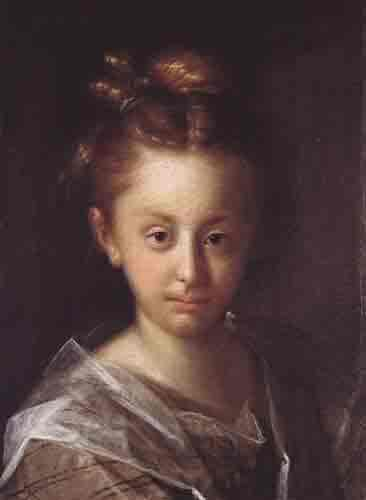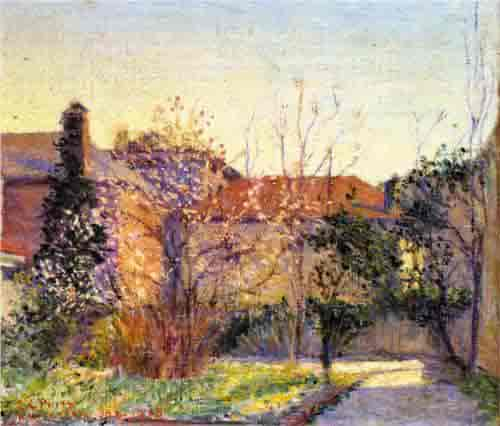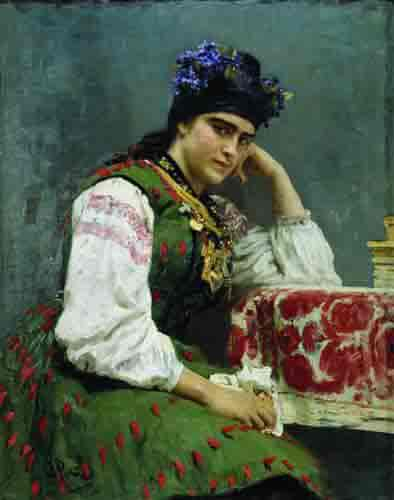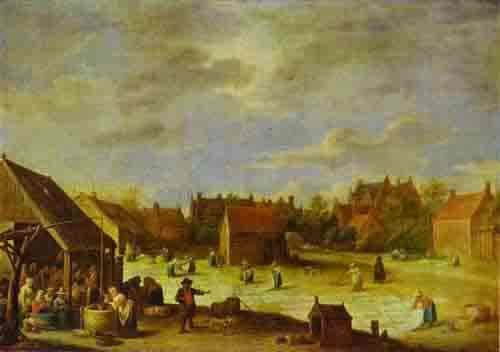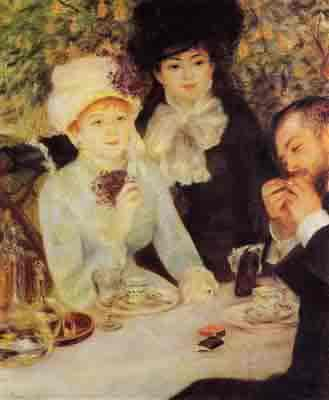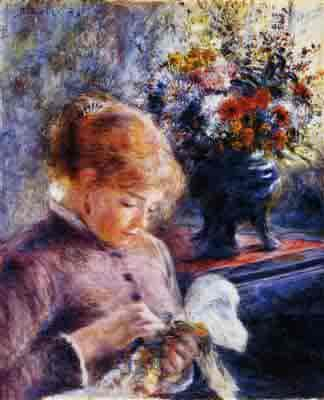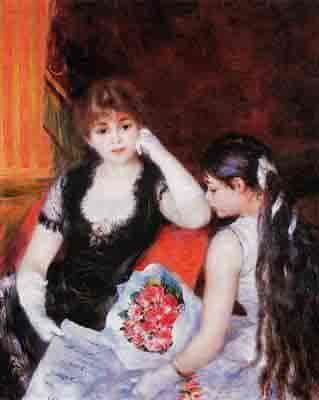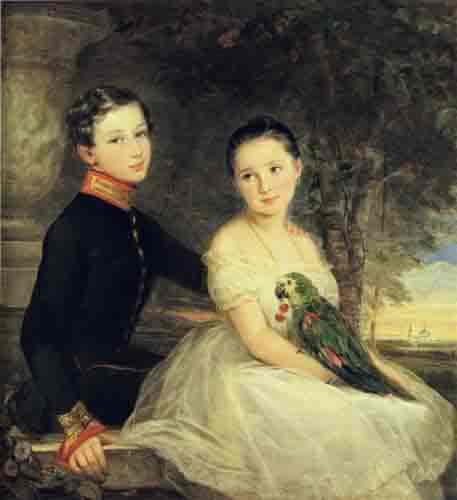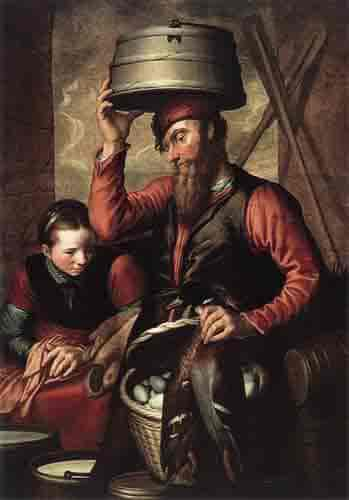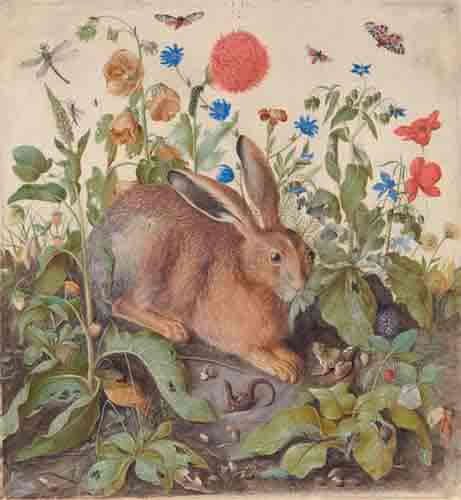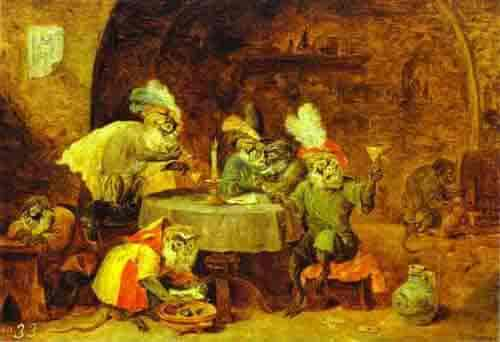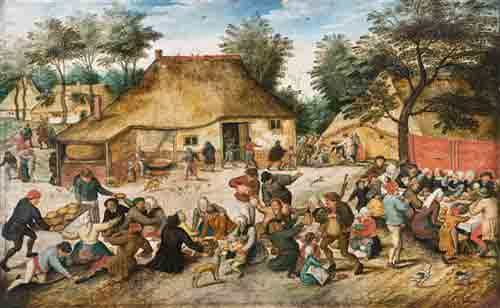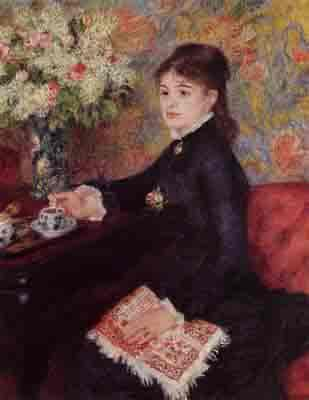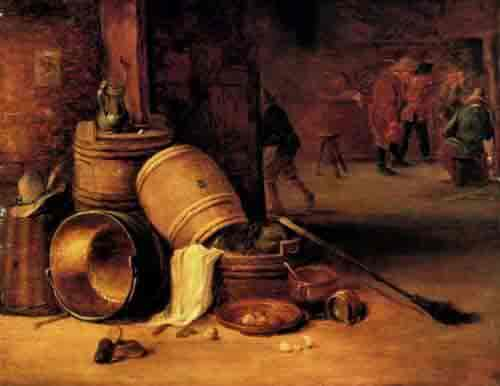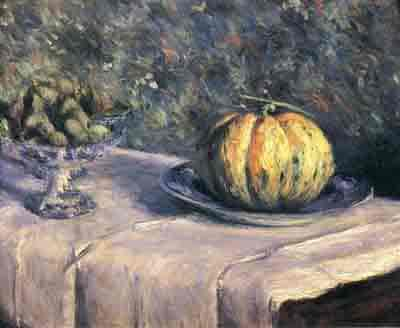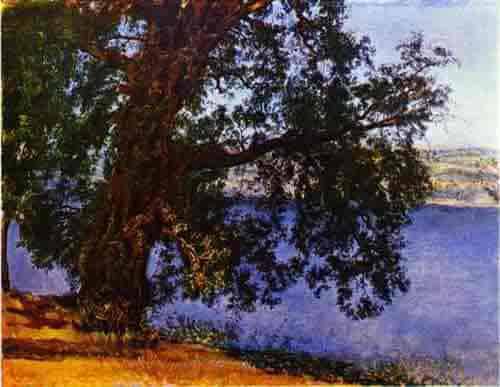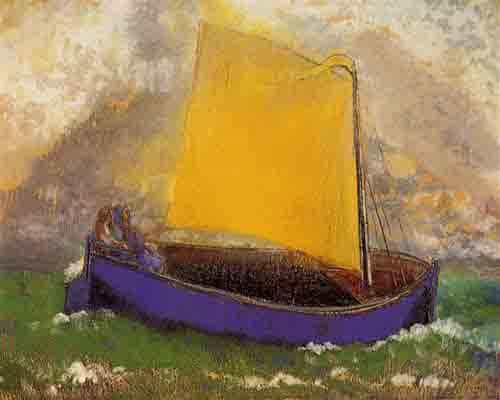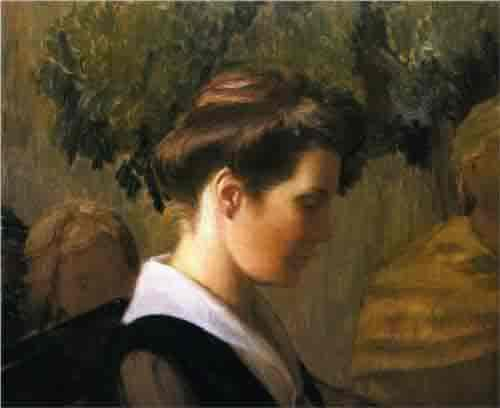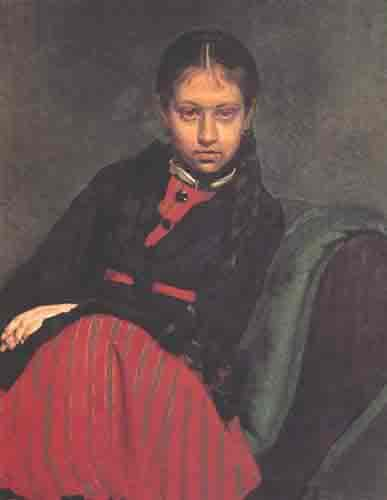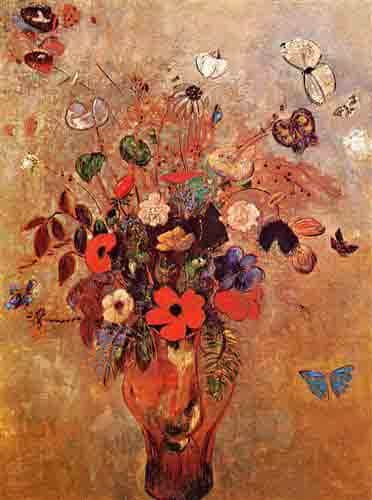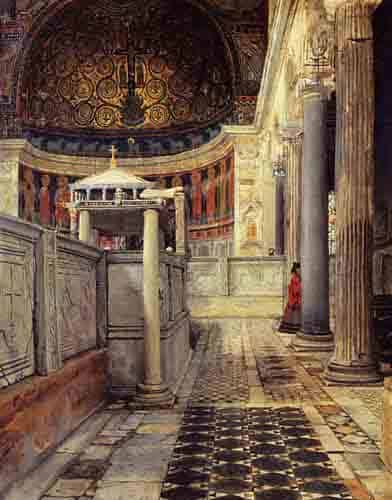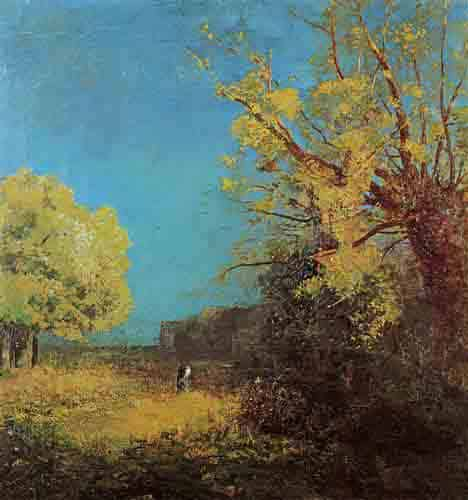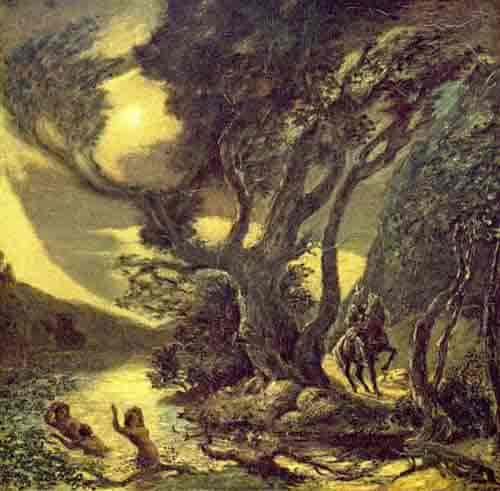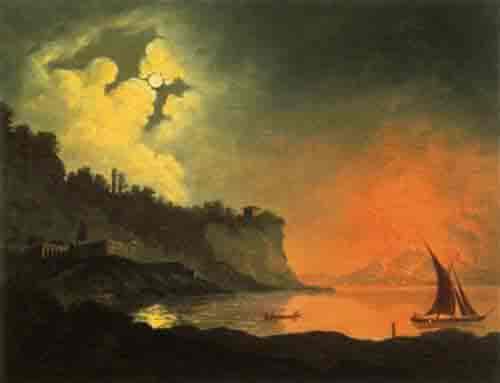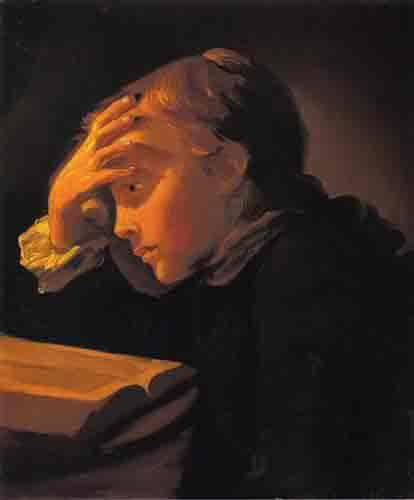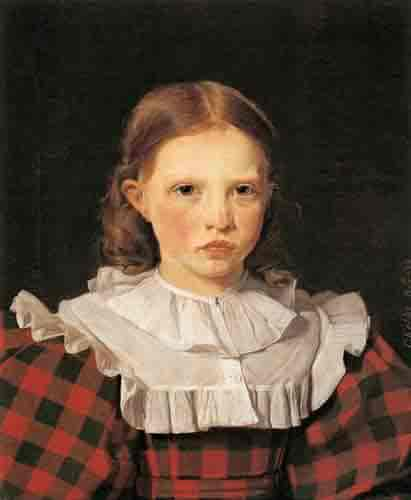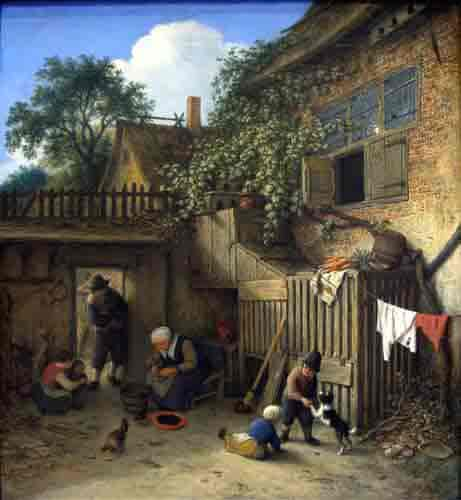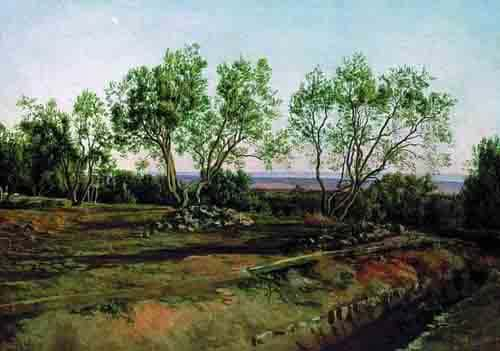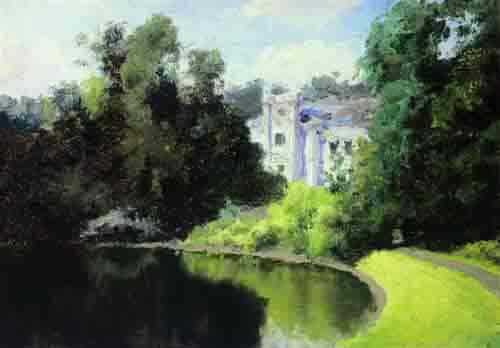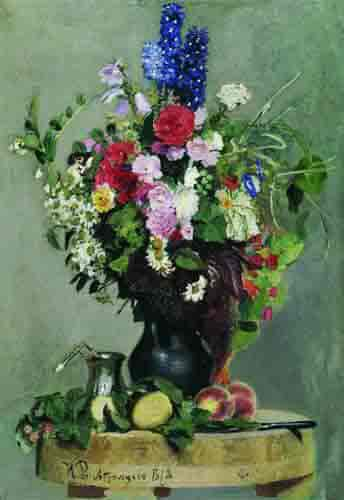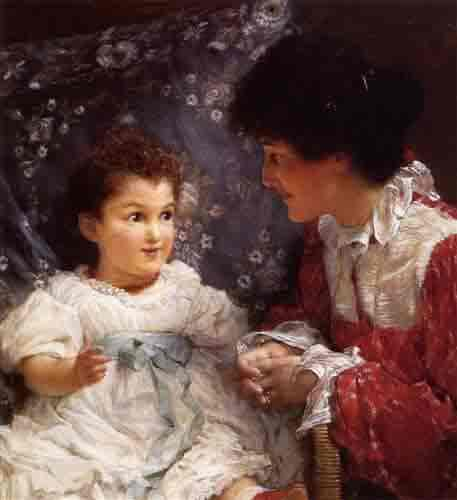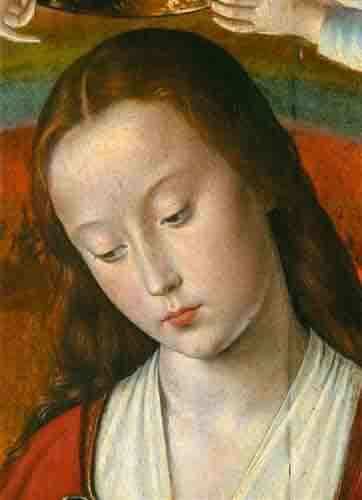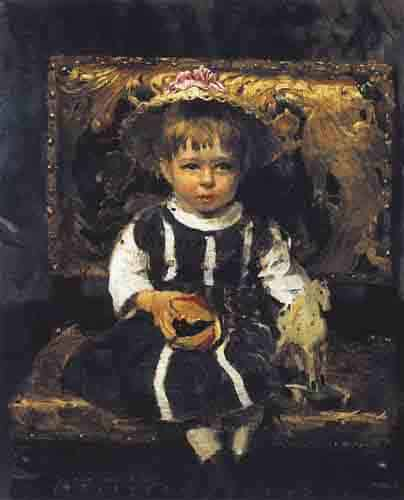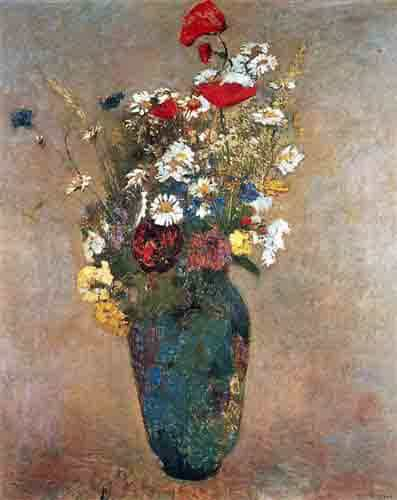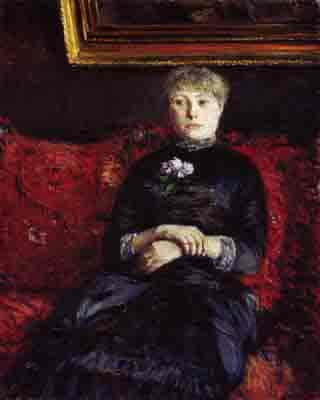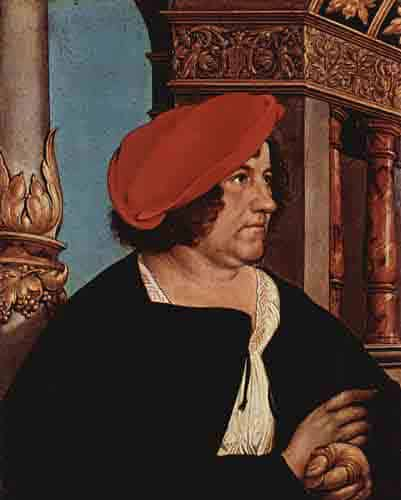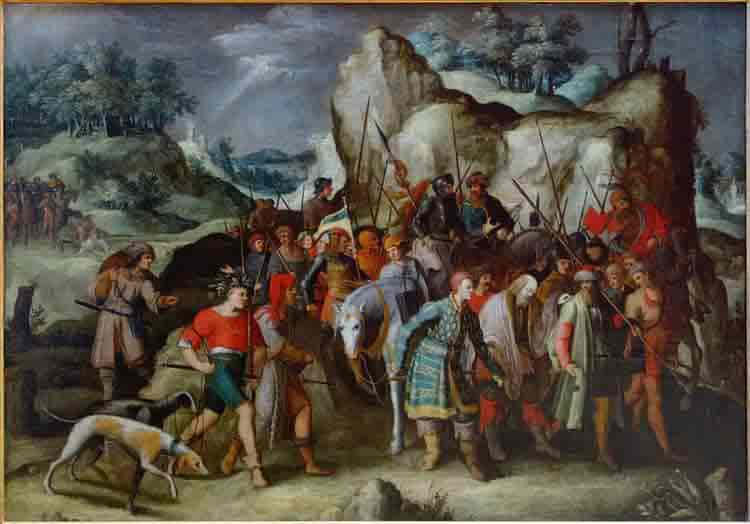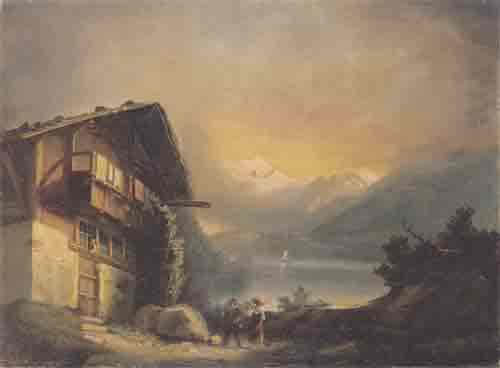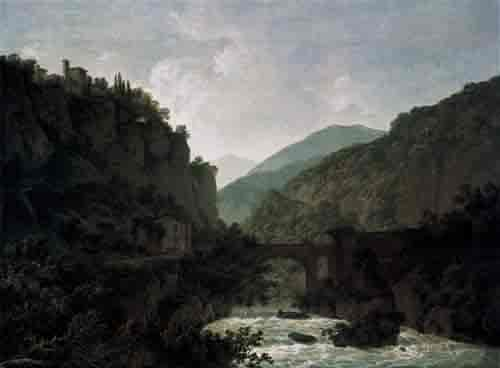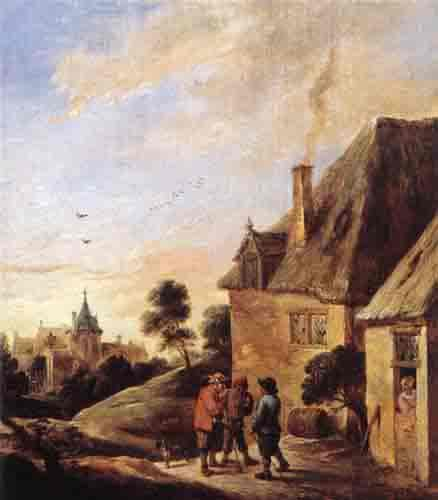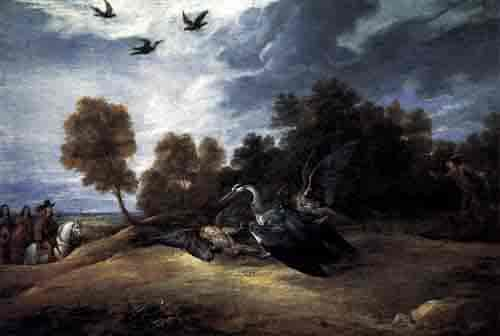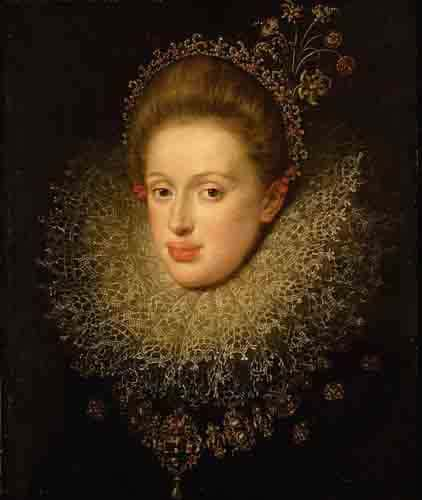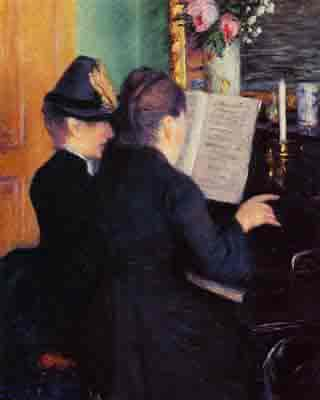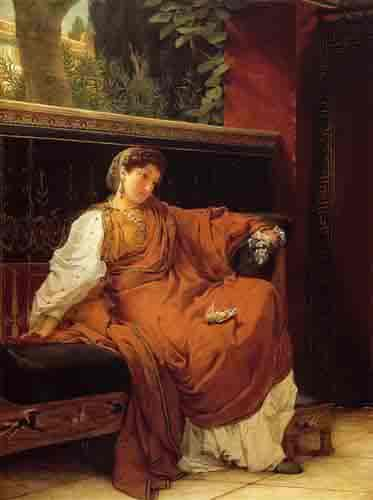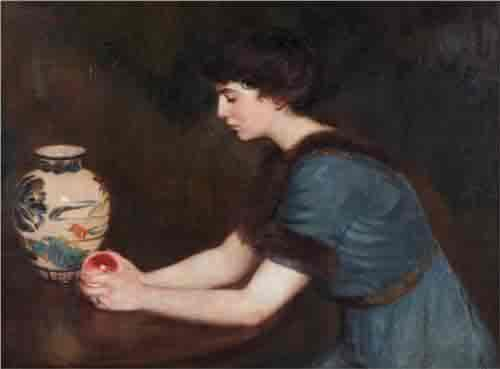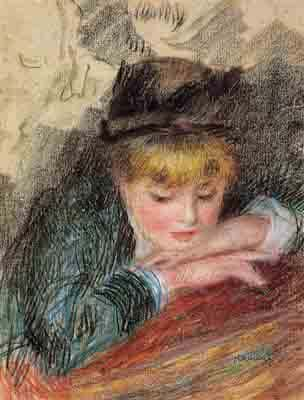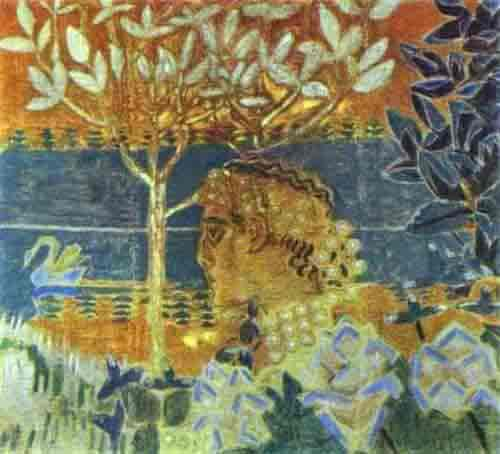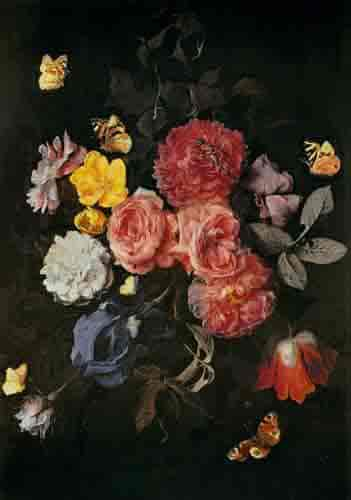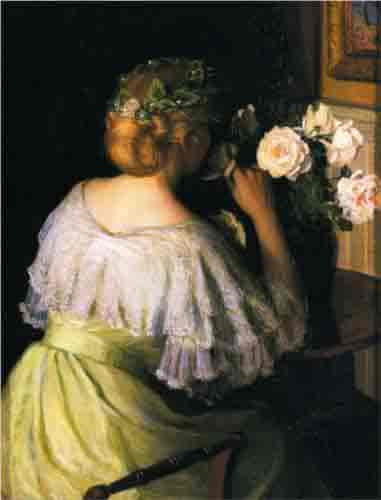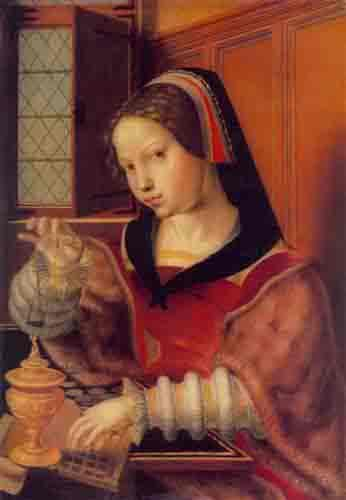Explanation of style transfer and its scientific foundations
Artistic style transfer is a fascinating technique that leverages artificial intelligence to transform ordinary photos into images that mimic the styles of famous artists or specific art movements. The scientific foundation of style transfer lies in deep learning, a subset of machine learning, which uses neural networks to analyze and recreate images. By separating the content of a photo from its style, AI algorithms can apply new artistic styles to the original photo while preserving its essential features.
Key algorithms used in style transfer
Several key algorithms drive the process of artistic style transfer:
- Convolutional Neural Networks (CNNs): CNNs are the backbone of style transfer. They are designed to process visual data by applying filters that detect different aspects of an image, such as edges, textures, and patterns. This capability allows CNNs to understand and replicate artistic styles in new images.
- Generative Adversarial Networks (GANs): GANs consist of two neural networks—a generator and a discriminator—that work together to create realistic images. The generator creates new images, while the discriminator evaluates their authenticity. This adversarial process results in high-quality artistic transformations.
- Neural Style Transfer (NST): NST is a specific algorithm that separates the content and style of an image. It uses a pretrained CNN to extract features from both the original photo and the target style image. By combining these features, NST can generate a new image that retains the content of the photo but adopts the style of the target artwork.
How style and content are separated in an image
The separation of style and content in an image is a crucial aspect of artistic style transfer. This process involves several steps:
- Feature Extraction: The CNN analyzes the original photo to extract content features, such as objects, shapes, and structures. It also extracts style features from the target artwork, including colors, textures, and patterns.
- Content and Style Loss: To create a new image that combines the content of the photo with the style of the artwork, the algorithm calculates two types of loss—content loss and style loss. Content loss measures how closely the generated image matches the original photo's content, while style loss measures how well the new image replicates the target artwork's style.
- Optimization: The algorithm iteratively adjusts the generated image to minimize both content and style loss. This optimization process ensures that the final image retains the essential features of the original photo while adopting the desired artistic style.
The challenges of perfecting style transfer
Despite its impressive capabilities, artistic style transfer faces several challenges:
- Balancing Content and Style: Achieving the right balance between content and style is difficult. Too much emphasis on style can distort the original photo, while too much focus on content can result in a less artistic transformation.
- Computational Complexity: Artistic style transfer requires significant computational power and resources, especially when working with high-resolution images or complex styles.
- Diversity of Artistic Styles: The wide range of artistic styles presents a challenge for AI algorithms. Some styles are more difficult to replicate accurately, and the quality of the transformation can vary depending on the target artwork.
- Preserving Fine Details: Maintaining fine details in the original photo while applying a new style can be challenging. Overly aggressive style transfer can lead to loss of detail and a less realistic result.
In conclusion, artistic style transfer is a powerful and innovative application of artificial intelligence that allows users to transform their photos into stunning works of art. By understanding the scientific foundations and key algorithms behind this technique, we can appreciate the complexity and potential of AI-driven art. As technology continues to advance, we can expect even more refined and accessible tools for artistic style transfer, opening up new possibilities for creativity and expression.
